What to see in Malta? A concentration of the Mediterranean, offering Arab medinas, Spanish patios and Italian baroque cathedrals. For indeed, Sicily is just over 90 kilometres away and Africa just under 300.
Malta is the Mediterranean you do not expect. An archipelago of six islands, of which only three are inhabited (Malta, Gozo and Comino) makes up this southern European island state and the smallest country in the European Union (316 square kilometres).
Malta, What to see: attractions, islands, sea and beaches for holidays
Valletta
Mdina
Rabat
St Julian
Sliema
The Three Cities
Marsaxlokk
Birkirkara
Popeye Villag
Ħal Saflieni Hypogeum
Temples of Tarxien
Gozo
Comino
The Maltese archipelago has been of great strategic importance in history, attracting Phoenicians, Carthaginians, Romans, Byzantines, French as well as the British, who dominated the islands from 1800 to 1964.
Thus, Malta is a cultural melting pot where English, the second official language, alternates with the harsh sounds of Arabic and the musicality of Latin languages. The architecture combines megalithic temples older than Stonehenge, baroque churches and medieval citadels. A great legacy, moreover, is that left by the Knights of Malta, formed by clerics and knights who made up the Sovereign Order of St John of Jerusalem, to whom Charles I of Spain ceded the island in 1530.
Malta is therefore an island with an ancient history that has recently experienced a boom in tourists interested not only in the nightlife but in the wonders the islands have to offer. Spend a few days in Malta but also in peaceful Gozo to see islanders throw confetti at the statues of patron saints during religious festivals, admire the domes of shrines glittering in the sun, get lost in the yellow ochre stone citadels and dive into the crystal-clear waters of the legendary Blue Lagoon.
Here's what to see in Malta.
Valletta
Fortress City, City Most Humble, 'a city built by gentlemen for gentlemen'. These are the various names given to Malta's capital city over time.
Valletta is a charming walled city from the 16th century where all roads lead to the sea.
The city in fact stands on the rocky peninsula of Mount Sceberras, which rises steeply between two wide inlets that house the city's harbours, Marsamxett and Grand Harbour. Valletta is named after its founder, the Grand Master of the Order of St. John, Jean Parisot de la Valette, who had it rebuilt in 1566 after the siege by the Saracens.
Now a UNESCO heritage site, Valletta has recently blossomed again thanks to architectural restoration and enhancement, an interesting gastronomic scene and a lively nightlife. Today, it is an important cultural hub to discover. The centre is an atmospheric cluster of 16th and 17th century houses with bow windows, typical Maltese balconies overlooking the sloping streets with the sea in the background. Start exploring it from the imposing City Gate, the ultra-modern Parliament Building and the Opera House, all designed by Renzo Piano. You'll start walking through charming streets of ochre-coloured stone buildings, including the Grand Master's Palace, which is now the seat of the Maltese Parliament but is temporarily closed. A must-see is the 16th century Casa Rocca Piccola, the family residence of the ninth Marquis De Piro, who still lives here and has opened part of the palace to the public.
Then don't miss the Co-Cathedral of St John the Baptist, one of the largest cathedrals in the world and one of the best examples of Baroque architecture in Europe. The astonishing building was completed in 1577 and today houses two paintings by Caravaggio, who resided in Malta for a period and joined the Order of the Knights of Malta. Those who want to learn more about Malta's history can visit the National Museum of Archaeology in a fine Baroque palace built in 1571 on commission of the Knights of Malta, which houses a rich collection of works ranging from the prehistoric era to Roman times.
Or visit the National Museum of Fine Arts, whose collection is dedicated to Maltese art, Baroque painting, British rule and works by Antonio Sciortino, an early 20th century Maltese sculptor. For a scenic stop in the greenery then head to the Upper Barrakka Gardens, Malta's most beautiful gardens, located on St Peter and Paul's Bastion, from where you can admire the harbour and the capital. Here you'll then find a lift leading down to the Valletta Waterfront from where the dghajsa, Malta's traditional boats, depart for the Three Cities: Senglea, Vittoriosa (Birgu) and Cospicua. The Knights of the Order of Malta were commissioned to build these three historic towns opposite Valletta, dating back to the 16th century, which over time served as a refuge, defensive bastion and home to the various peoples who conquered Malta. The Three Cities are perfect for an aperitif or a pieds dans l'eau dinner.
Mdina
Mdina is an ancient fortified town that holds all the magic of Malta. The history of Mdina dates back more than 4000 years. According to tradition, it was here that the Apostle St Paul lived in 60 AD after being shipwrecked on the islands. What is certain is that the citadel of Mdina was fortified as far back as 1000 B.C. when the Phoenicians built protective walls and a settlement here called Malet, i.e. 'place of refuge'. Later, the Romans built a large city they called Melita.
The Arabs, who arrived in the 9th century, renamed it Mdina, meaning 'fortified city'. During the Middle Ages, Mdina became the favourite residence of the Maltese aristocracy and the seat of the so-called university (governing council), hence it was called the Notable City.
The Knights of St John then moved the centre of power first to Birgu (one of the Three Cities) and then to Valletta. In recent centuries, therefore, Mdina has suffered a slow depopulation, until it was almost uninhabited, hence the nickname Silent City. Even today after sunset you will understand why, currently barely 300 inhabitants live within its mighty golden stone walls.
Once through the city gates, therefore, get lost in the narrow streets and alleys of the medina where ancient churches and noble palaces are hidden. Visit St Paul's Cathedral, Malta's most important church from an ecclesiastical point of view. Falson Palace is an old Maltese aristocratic palace open to the public. Inside Vilhena Palace is the Natural History Museum. In the basement of Vilhena Palace, you can also visit the dungeons of Mdina, which will take you through the darkest and most mysterious events in Maltese history. Finally, at Vilhena Palace, you can rent the DiscoverMdina audio guide, available in six languages and narrated by a fictional character, Baron Phillippe Caxaro d'Antonio Murina della Verga.
Rabat
Rabat is a small town located just outside the walls of Mdina. The word rabat is of Arabic origin and means suburb, as it was once a hamlet of Mdina.
Although small, Rabat is rich in history. According to Christian tradition, it was in Rabat that St Paul stayed in Malta, founding the first Christian community on the island. In fact, it is here that one can visit the Catacombs of St Paul, one of the oldest sites in Christianity, which includes about twenty catacombs, as well as numerous monasteries and convents. Outside the catacomb complex is the Crypt of Sant'Agata, a small underground chapel dating back to 1504, dedicated to the patron saint of Catania, who lived for some time in Malta.
The Domus Romana, on the other hand, remains from Roman times.
Next to the main church of Rabat, dedicated to St Paul, is the Wignacourt Museum, which houses a varied collection of paintings, antiques and air-raid shelters from the Second World War, as well as the Grotto of St Paul. Casa Bernard, on the other hand, is a fully restored Maltese aristocratic residence. Finally, get lost in the labyrinthine streets of Rabat, where there is a more traditional and popular atmosphere than in lofty Mdina.
Ħal Saflieni Hypogeum
In the suburb of Paola, south-west of Cospicua, lies the Hypogeum of Hal Saflieni, an underground necropolis discovered in 1902 during some construction work and one of Malta's most important prehistoric sites. Its construction is very old, with the complex believed to date from around 3600 to 3000 BC. The hypogeum was entirely excavated in the rock and the structure resembles the layout of other Maltese Neolithic temples.
Its function is still unclear, but it is thought to have been used both as a sacred temple and burial site. The complex at a depth of more than ten metres comprises rooms, chambers and corridors perfectly carved into the rock over an area of about 500 square metres. The Hypogeum of Ħal Saflieni is usually heavily visited, so it is essential to book a visit.
Photo: © DEA / A. DAGLI ORTI/De Agostini via Getty Images
Temples of Tarxien
Next to the Hypogeum of Ħal Saflieni are the Temples of Tarxien, another important prehistoric site in Malta. This is a complex of four megalithic structures built between 3600 and 1500 BC, discovered by chance in 1913 by some local farmers. A UNESCO World Heritage Site, the Tarxien temples probably hosted rituals involving animal sacrifices.
In fact, several altars, animal remains and a flint knife have been found, as well as numerous other objects and artefacts, many of which are kept at the National Archaeological Museum in Valletta.
Photo: © EQRoy/Shutterstock
Gozo
Gozo is the second largest island in the archipelago and the only one, along with Malta, to be inhabited. It is an island with a rural charm, a slow pace and a more relaxed atmosphere than the chaotic and crowded Malta.
It is the perfect island for those who want to discover Gozo's cultural heritage as well as relax on its beautiful beaches. Start discovering it from Victoria, the capital of Gozo named after the Queen of England but which its inhabitants still call by its old name, Rabat. It has a fortified citadel (Il-Kastell) dating back to the Middle Ages and initially inhabited by the Knights of the Order and the nobles who arrived from Aragon. See the Cathedral of the Assumption, famous for the frescoes on its false dome, the old prison, the Gozo Natural Museum and Republic Street, the main shopping street.
Also worth seeing in Gozo are the Ggantija Temples: megalithic temples declared a UNESCO World Heritage Site and considered the oldest construction in the world, predating even Stonehenge and the pyramids of Egypt. They were built between 3600 and 3200 BC and were dedicated to the goddess of fertility.
Drive to the north-western end of Gozo to Dwejra, where the coastline features some of Gozo's most scenic rock formations. In the bay of Dwerja is the Fungus Rock, a peculiar rock that Game of Thrones fans will be familiar with because the wedding scene between Daenerys and Khal Drogo was filmed here. A little further north along the coast is then the Blue Window, or what remains of a peculiar rock destroyed during a severe storm in 2017.
On the northern coast of the island, on the other hand, you can see the Marsalforn salt pans, carved into the rock and still in use today, which are particularly impressive at sunset. Finally, relax on the beautiful beaches and coves lapped by crystal-clear turquoise waters, including Cala Xlendi or Hondoq beach, from where taxi boats depart for the Blue Lagoon on Comino.
It is ideal to get around Gozo with a car in order to wander past basilicas such as Ta'Pinu, charming villages such as San Lawrenz and secluded coves. Gozo can be reached from Malta in about 25 minutes by ferry from Valletta Port or Ċirkewwa.
Comino
Between Malta and Gozo lies Comino, a small island measuring 2.5 km by 1.5 km, which is said to have once been a haven for pirates and smugglers, and then in the early 19th century became a place of isolation for plague and cholera sufferers. Almost deserted, the island has only one hotel and impresses with the breathtaking beauty of its coastline fringed with caves and cliffs.
Comino's main attraction is clearly the Blue Lagoon, a sheltered cove between the western end of the island and the uninhabited islet of Cominotto. The shallow white sand bottom and deep turquoise crystal-clear waters make the Blue Lagoon a natural swimming pool of dreams. But recently it has been overrun by kiosks offering drinks and hot dogs to the countless tourists who disembark. So the best way to see the Blue Lagoon in the high season is to arrive by taxi boat early in the morning from Hondoq in Gozo, spend a few hours in the fabulous waters of Comino and depart for other beaches.
To recapture the magic of the Blue Lagoon, as you may have seen it in the 1980 cult film of the same name starring Brooke Shields and Christopher Atkins filmed here, try to isolate yourself in the turquoise waters of tropical charm and forget about the people around you.
The Blue Lagoon, however, is not the only beach on Comino.
From there, in fact, you can reach another beach, unknown to many, Santa Marija, by walking north along a dirt path for 20 minutes. It is less scenic than the Blue Lagoon but certainly quieter.
Mnajdra and Hagae Qim
Don't miss a visit to the megalithic temples of Mnajdra and Hagae Qim, the two sites are UNESCO World Heritage Sites and are located in the south of the island of Malta.
St Julian
This is Malta's entertainment town. Here you will find well-equipped beaches, beach clubs and the best nightlife in the entire archipelago.
The Three Cities
The three towns are worth a visit: Vittoriosa, Senglea and Cospicua where you can see the most authentic side of Malta where you can trace the history of the Knights of Malta.
Sliema
Make a stop in Sliema, the small town on the island of Malta, where you can combine the beaches of the seafront with a stroll to discover the city's street art, which hosts artists from all over the world every year for the Sliema Street art Festival.
Marsaxlokk
Also on the island of Malta, Marsaxlokk is a delightful fishing village that is worth a visit for its relaxed atmosphere, colourful houses and good food.
Birkirkara
And the most populated town in the entire archipelago, where the medieval churches are worth a visit. Get to the old town centre, which still has narrow cobbled streets and typical old village houses. The old town and the new area are separated by a garden. One of the old railway stations between Rabat and Valletta is worth a visit.
Popeye Village
In Anchor Bay in north-west Malta, there is the wooden Popeye Village. It was built as a film set for the production of the movie Popeye-F Popeye, produced by Paramount and Walt Disney.
Today, this village is open to the public as an open-air museum, perfect for children.
Majjistral Nature Park
In the area between Golden Bay and Anchor Bay in north-west Malta is Majjistral Nature Park, the only one in Malta, where you can admire not only cliffs and beaches but also the remains of city walls, farmhouses, tombs from the classical period and wonderful caves. Malta is the place to explore on foot, which is why we have put together a guide to Malta's most beautiful walks.
Malta's most beautiful beaches
Paradise bay
Ghadira bay
Golden bay
Ghajn Tuffieha
Peter's Pool
Wied il-Ghasri
St Julian's Bay
Ramla Bay
Xwejni Bay
Dwejra Bay
Xlendi Bay
St Nicholas Bay
Blue Lagoon
St. Mary's Bay
What to eat in Malta
Maltese cuisine is a mix of Mediterranean specialities. In Malta, you must try: pastizzi (kings of street food, puff pastry cakes usually filled with ricotta cheese), qassatat (short pastry cakes in the shape of baskets filled with fresh cheese, vegetables, anchovies and peas), bigilla (cream of ful-ta' Girba beans seasoned with garlic, oil, parsley and chilli), gbejniet (goat or sheep cheese), soppa-tal armla (widow's soup, a vegetarian soup made with vegetables and gbejna cheese) aljotta (fish soup resembling Provençal bouillabaisse), kawlata (winter pork soup), timpana (a kind of baked pasta made of macaroni with meat sauce covered in puff pastry) ross-il forn (baked rice timbale), stuffat-tal fenek (rabbit stew), torta-tal lampuki (lampuga pie, prepared with puff pastry filled with fish, olives, spinach, capers and tomatoes), bragioli (roast beef rolls).
Among desserts, try kwarezimal (a biscuit made of flour, sugar and almonds), qaghaq tal-ghasel (a kind of sweet taralli), imqaret (fried puff pastry biscuits filled with date paste). Accompany lunches and dinners with local wines or if you prefer beer, order the local Cisk.
Getting to and around Malta
Numerous direct flights depart from Italy to Malta. Once you arrive at the airport, we recommend renting a car to explore the island freely. But be aware that in Malta you drive on the left as in the UK.
When to go to Malta
The best time to go to Malta is from late spring until early autumn. For a beach holiday, the months of June to September are ideal, but if you want to visit cities and monuments, it's best to go in spring, until June at the latest, or from September onwards to avoid the months with the highest temperatures. Here we reveal the reasons for travelling to Malta in winter.
READ ALSO: GOING TO LIVE IN MALTA
Map and Map
On the official website of theMalta Tourism Board you can find a navigable map of the archipelago with information on accommodation, roads and places of interest not to be missed.
You can also find a downloadable map of Malta and Gozo and Valletta: Here to download.
Author: Francesca Ferri
Malta
Related articles
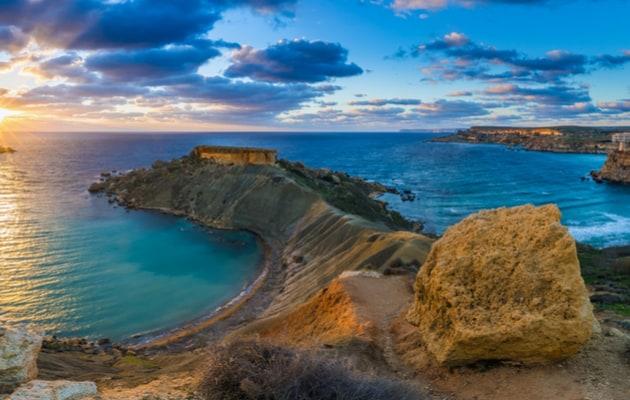
Sea in Malta | Beaches | Weather | Photos
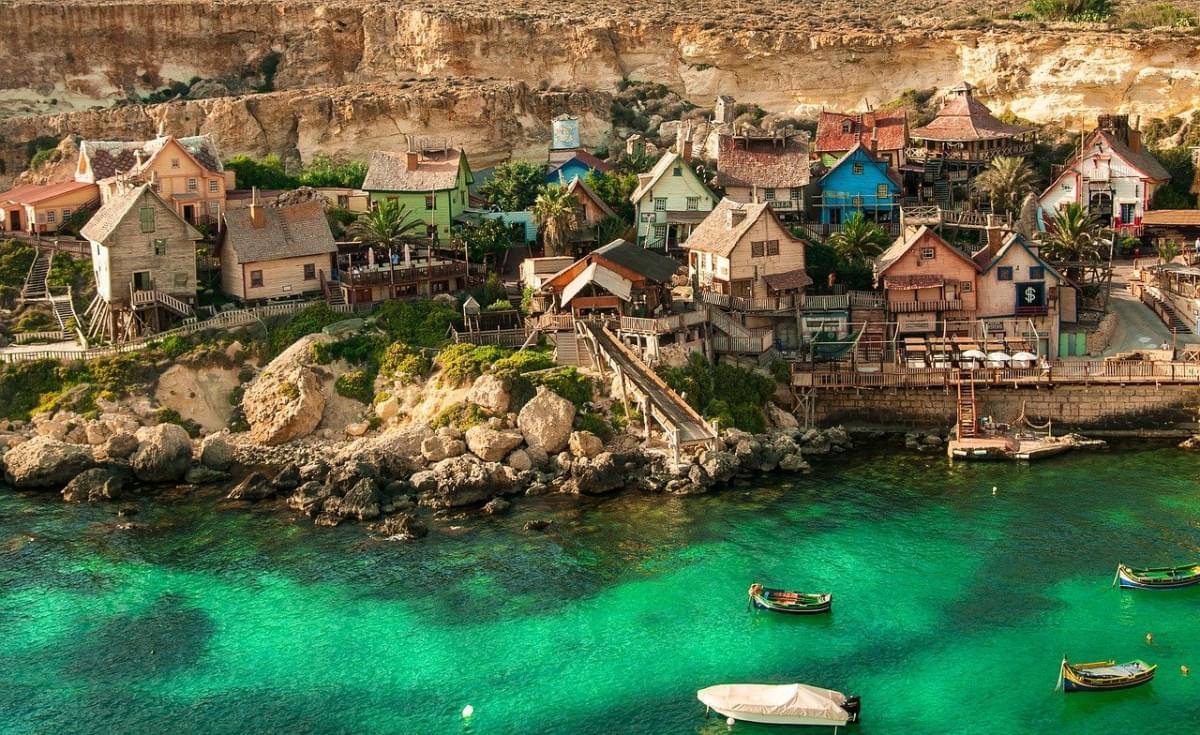
Where to sleep in Malta: tips and best places to stay

What to see in Malta: 17 must-see attractions and recommended itineraries
Malta | What to see | Beaches | Complete Guide | Travel information
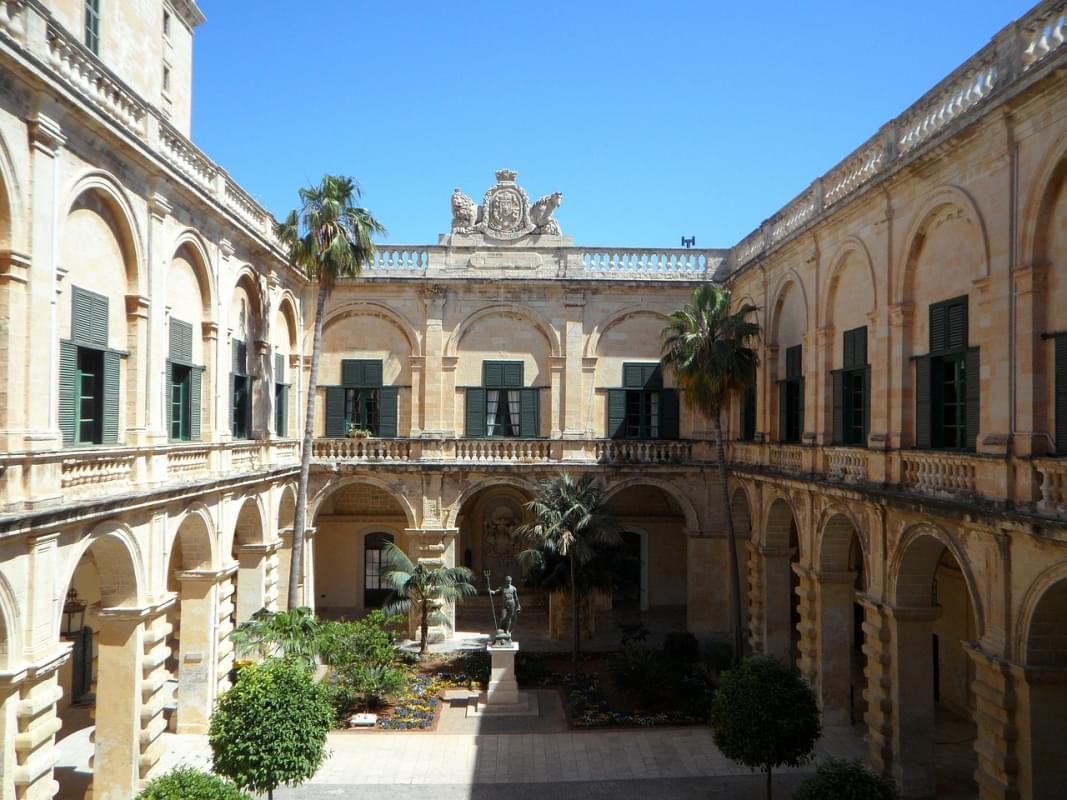
Valletta: what to see, where to eat and what to do in the evening
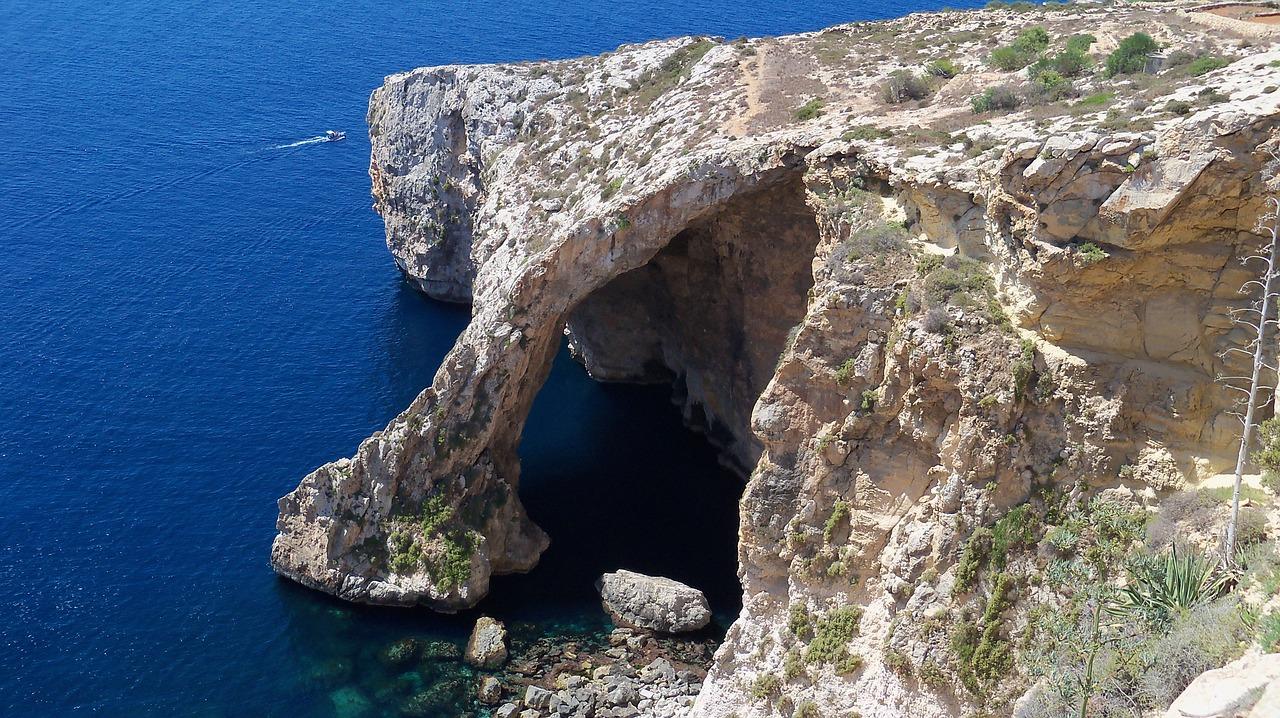
Malta itinerary in 7 days

Thailand's most beautiful islands: guide
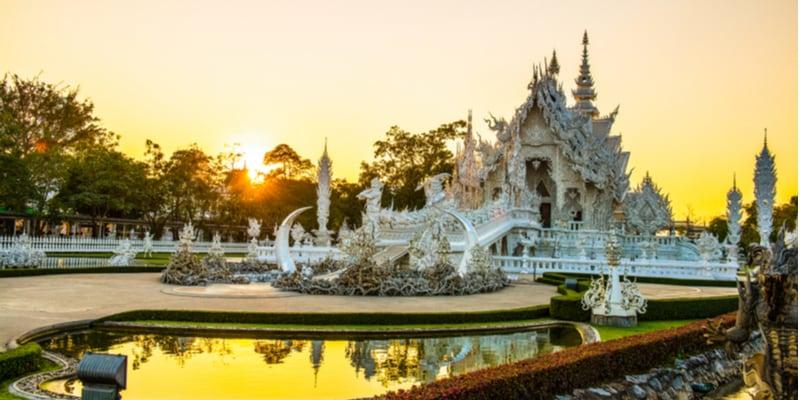
Thailand: What to See? Best things to do and see at least once










